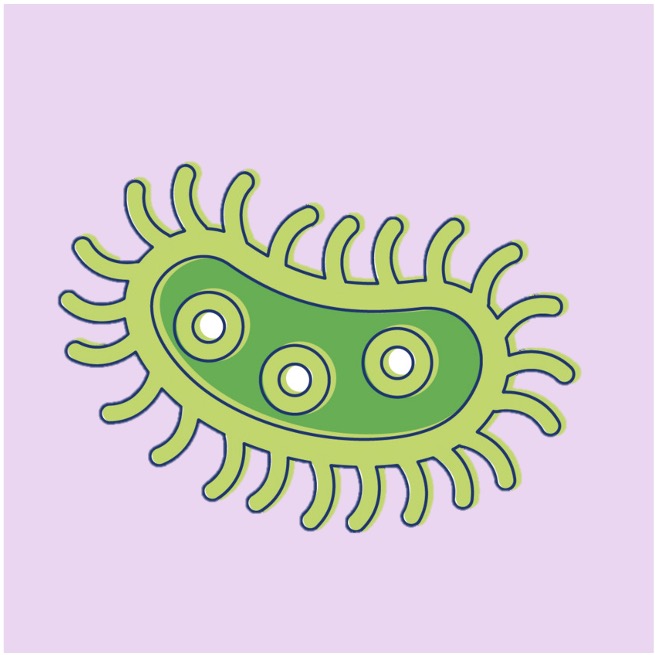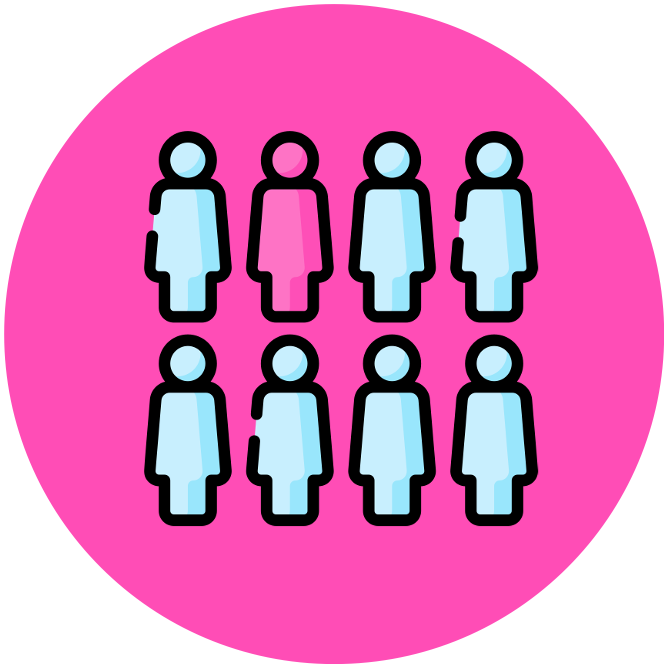

Selection Pressures
Selection pressures are external agents which affect an organism’s ability to survive in a given environment
-
Selection pressures can be negative (decreases the occurrence of a trait) or positive (increases the proportion of a trait)
-
Selection pressures may not remain constant, leading to changes in what constitutes a beneficial adaptation for survival
Types of selection pressures include:
-
Resource availability – Presence of sufficient food, habitat (shelter / territory) and mates
-
Environmental conditions – Temperature, pH levels, weather and climate changes
-
Biological factors – Exposure to predators and pathogens (diseases)
Selection pressures can be density-dependent (affected by population size) or density-independent (unaffected by population)
-
Density-dependent factors include predators, availability of nutrients and shelter, pathogenic diseases and the accumulation of wastes
-
Density-independent factors include abiotic conditions (such as temperature, pH, carbon dioxide levels), weather conditions and natural disasters
Selection Pressure Examples
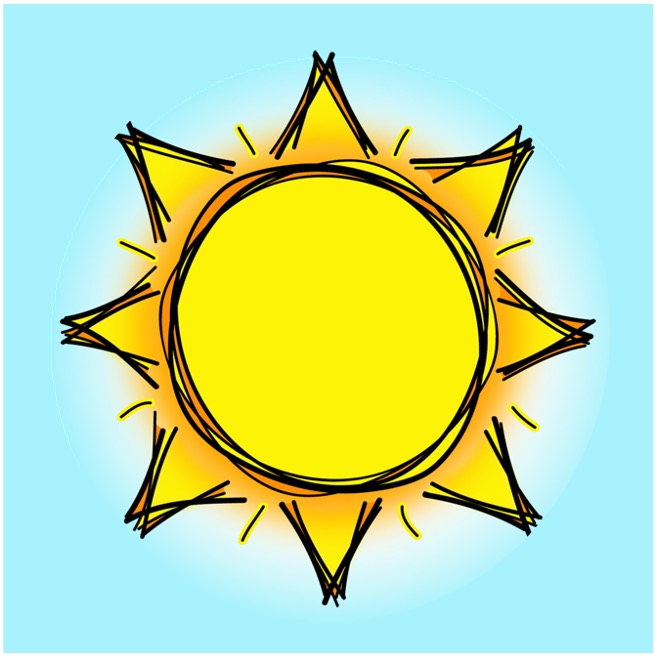
Abiotic
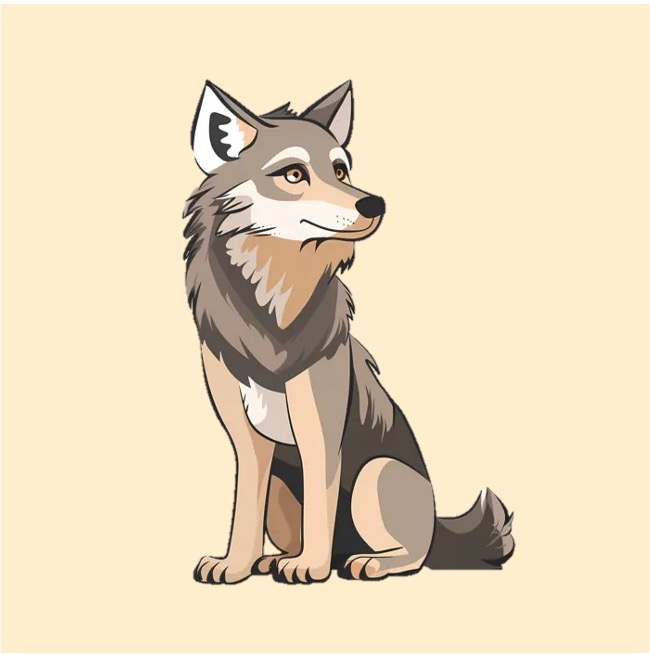
Predators
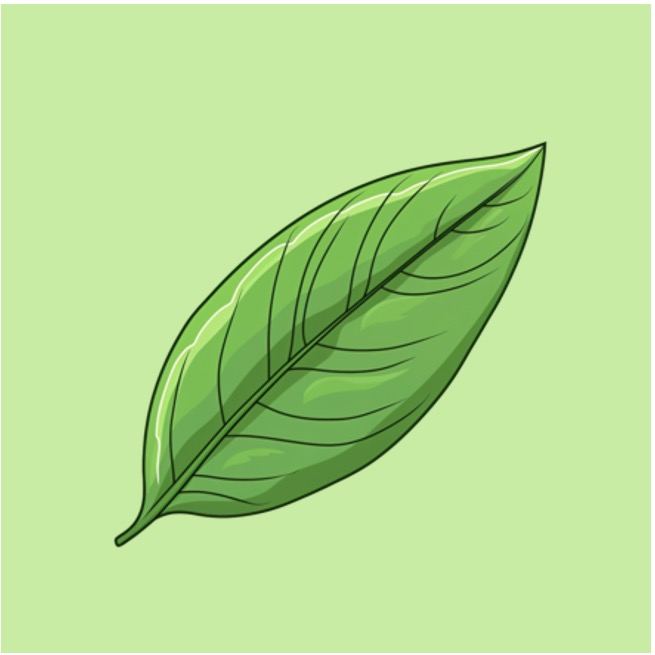
Food
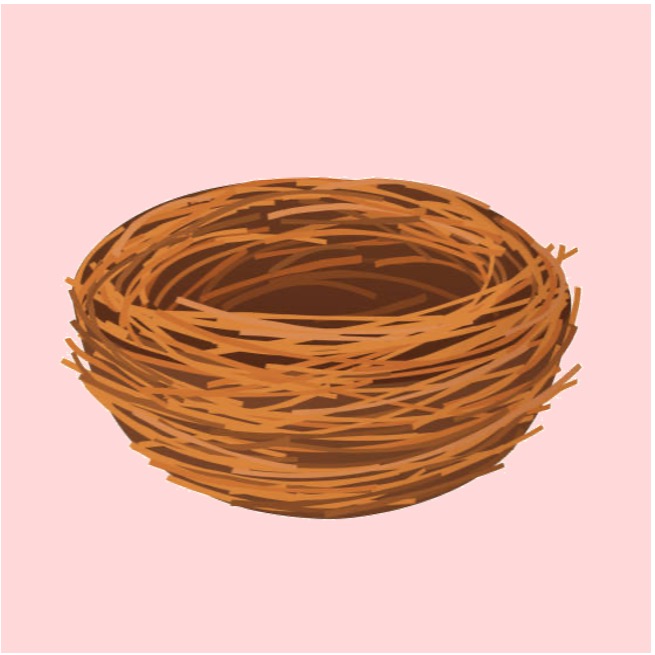
Shelter
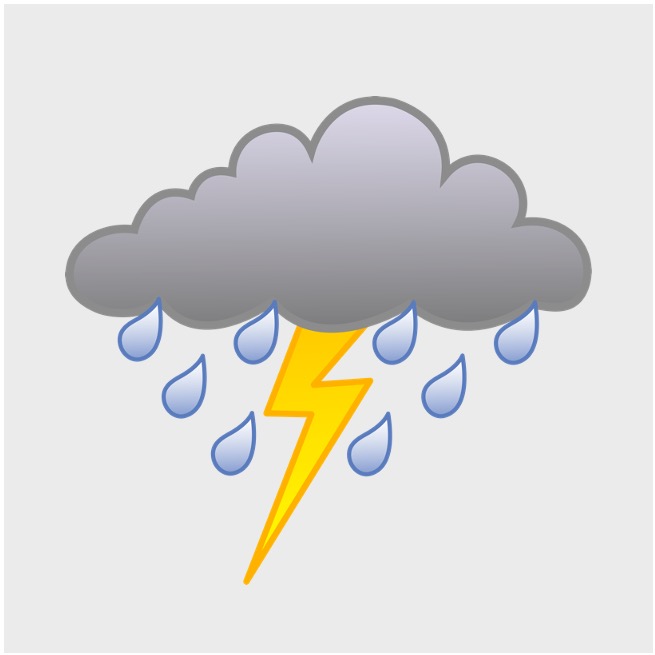
Weather
